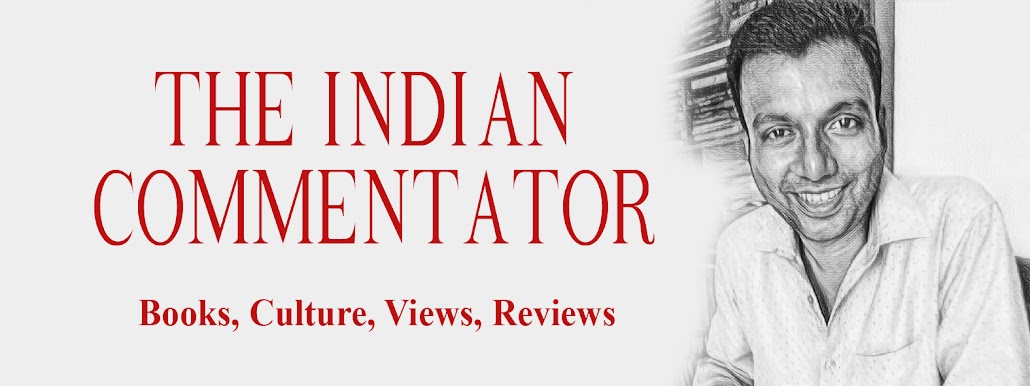 |
| Image Courtesy: Google |
Imagination often becomes my factotum in daily affairs. It
helps me wake up at the start of every lousy day and pushes me forward, showing
me impressive things, giving me the baksheesh of hopes and so on. I am not
against this elusive partner. I, sort of, like it. That is the reason why I
suspend my questions about what would happen in the future, if the ‘what if’ of
imagination leads my way.
 |
| Image Courtesy: Amazon |
To tell you the truth, imagination never betrayed me,
although some times, the grand pictures it shows about the time to come and the
time present fail to materialize completely. But that is OK. Materials are of
this world. Imagination is of another.
Jan 14th, 2013 morning, I woke up thinking about what
if I create an idea for a sequel to James Patterson’s new series of novels, Private. I wanted to keep that thread of
imagination hidden away in my coffer, so that no one could copy it or take
advantage of it. Patterson had already written five volumes of Private, placing the story in different
capital cities around the world. The latest two carried the names of their
locations in the title itself—Private
London and Private Berlin. I got
curious about the series only when Private
Berlin was released and the news was mailed to me from James Patterson’s
website.
So why shouldn’t the next book be Private New Delhi?! Or, may be, Private
Delhi? The thought excited me and drove the sleep out of my arm hairs. That
was amazing—all of them stood up!
I created a well sketched plan. I must create a plot, an
outline and characters.
 |
| Image Courtesy: Google |
The next step was writing a query to the master of thrillers
himself, asking if he can collaborate with me, writing Private Delhi.
‘Private’ is the world’s most exclusive detective agency. The
plot I wrote down evolved around the Private office in Delhi . One of their team members goes missing
and so on. I cannot describe it all here, because after all, I can use this
plot for some other story I write in the future. Also, even if I do not use
this plot any more, I just do not want a copycat to copy all my ideas and
publish them before I do.
Jan 22, Tuesday; I was in the local bus to my college in the
morning, where I work as a lecturer. There, from bus stand, I bought my usual
English daily. It has a books’ page. That is the main reason I buy this paper. The
news went something like this; “Private India; James Patterson to collaborate
with Aswin Sanghi”!! My heart felt heavy.
 |
| Image Courtesy: Google |
It was surprising in a shocking way. What was that?! I mean,
not Patterson collaborating with Sanghi. But I mean all of it! The very idea of
collaborating with an Indian author and the next book being set in India ! The
working title of the book is set to be Private
India. This news was first announced on 21st, on the Random
House website. It was not known to anyone out in the world, on or before Jan 14th,
2013 morning.
The leap my imagination took was rather a journey into an
already initiated plan. Of course, both the writers must have planned the book
earlier itself if they were able to announce it by 21st Jan. Now I
know my imagination had taken me into that realm. My plot is wasted. But still I
cherish those moments when the idea came to me of writing Private series, just for the thrill of it.
It looks very much like a planned co-incidence that I
received Private, by Patterson and
Maxine Paetro, for book review. The writer, I wished so much to collaborate
with, is about to be reviewed, by the same mind that conjured up the image in
front of me on that early January morning. Is it co-incidence or synchronicity;
the whole universe collaborating through invisible links?
Coming soon is the book review PRIVATE: THE WORLD’S MOST EXCLUSIVE DETECTIVE AGENCY by James
Patterson and Maxine Paetro.
This book review is sponsored by: http://www.mysmartprice.com/books/







